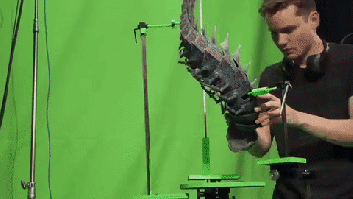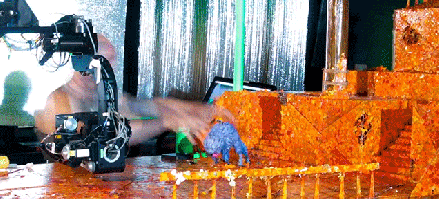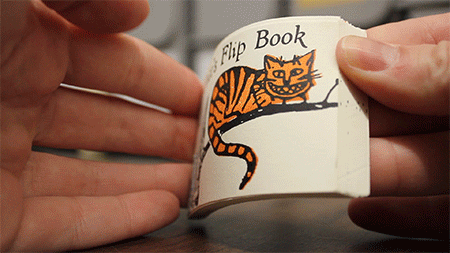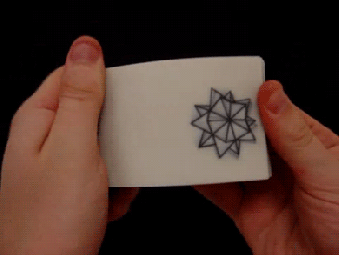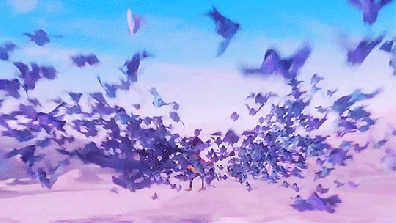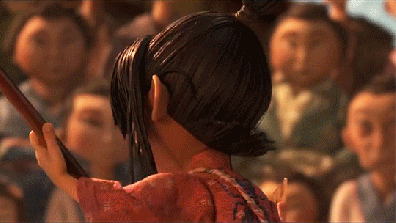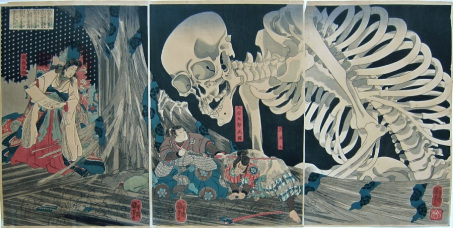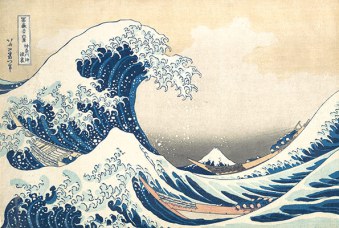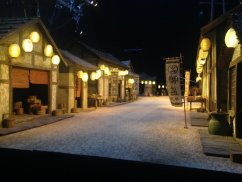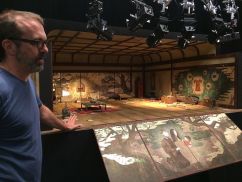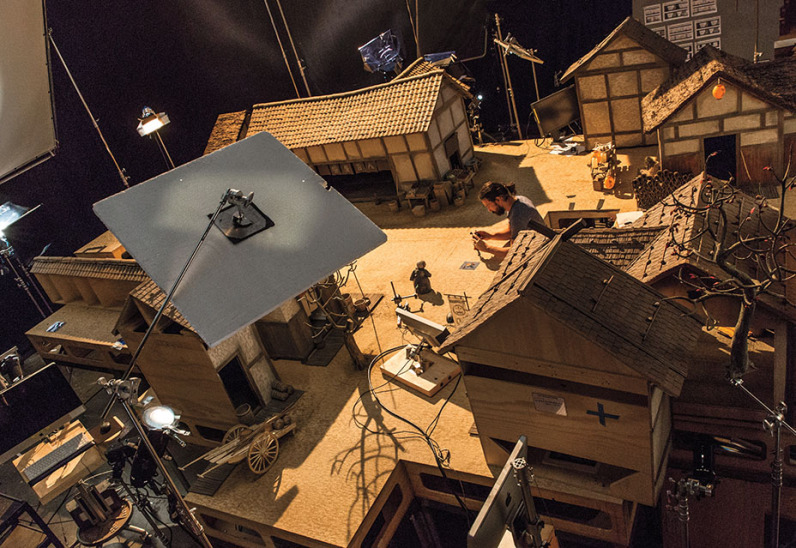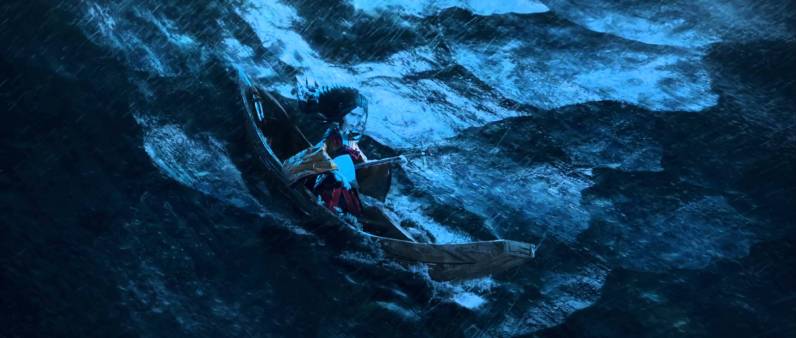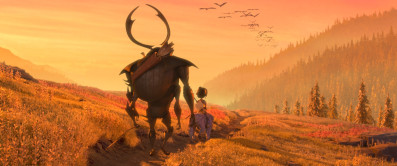Welcome to another Film Frame Friday! Last week George Sohng wrote about Your Name. I decided it was my turn to talk about an animation, so I picked another film that released in the same year. Note this is our last Film Frame Friday before we kick off Criterion Month
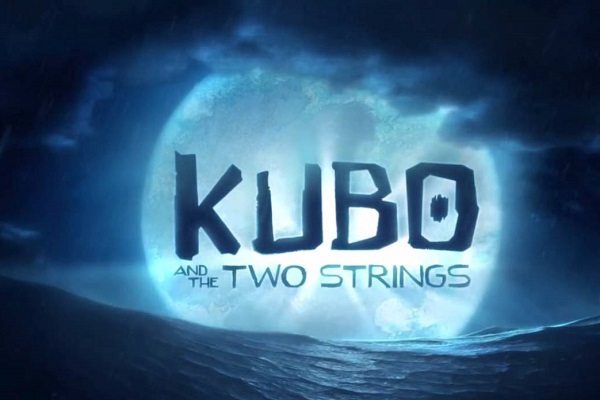
Introduction
Released on August 19th, 2016 to a wide audience, Kubo and the Two Strings is an American 3-D stop-motion animation directed and produced by Travis Knight and brought to life by the Laika Animation Studio.
The film’s synopsis reads as follows: “Young Kubo’s (Art Parkinson) peaceful existence comes crashing down when he accidentally summons a vengeful spirit from the past. Now on the run, Kubo joins forces with Monkey (Charlize Theron) and Beetle (Matthew McConaughey) to unlock a secret legacy. Armed with a magical instrument, Kubo must battle the Moon King (Ralph Fiennes) and other gods and monsters to save his family and solve the mystery of his fallen father, the greatest samurai warrior the world has ever known.”
Some would argue there are vastly superior animated films than Kubo and the Two Strings released in 2016, and for the most part, I agree. Despite that, Kubo and the Two Strings is the animated film I keep coming back to. Not only is it a marvel to watch in motion, but the actual development is fascinating. Now let’s get down to the fun stuff!
Kubo: If you must blink, do it now.
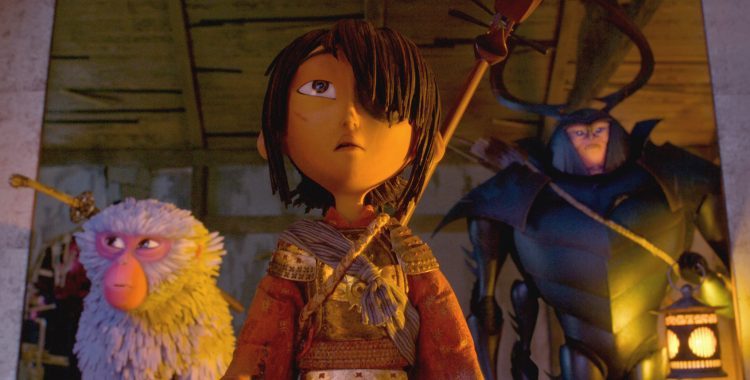
The main draw of Kubo and the Two Strings is no secret. Japanese storytelling is largely ingrained in the film and is the reason this film has some of the best visuals to ever grace 3-D Stop motion. Origami, ink wash painting, and ukiyo-e are the main inspirations for the film, the latter of which I will talk about in detail, but first let’s talk about the amazing use of stop motion.
Stop Motion, 3-D Printing, and Puppetry
What you are seeing above is the use of stop motion. Stop motion is an animation technique in which objects are slightly moved physically while being individually photographed. The frames are then played back in a fast motion, making everything come to life. There are 24 frames for every one second of film. To paint a picture of what stop motion is, try to think of a flipbook.
You have this puppet that, because it was so big, we had to develop a piece of technology to support the weight and be able to move it. We made this thing called “the hexapod,” which supported the torso, which is essentially the same kind of thing that you see on a flight simulator or on a virtual reality ride at a theme park. And what it allowed us to do was to support the massive weight of the puppet, but also be able to move it at pretty much any angle. -Travis Knight
The Art of Origami and Ukiyo-e and Its Effect on the Film
Origami is the art of paper folding. It is often used to make creatures, objects and even characters based on popular media. Kubo and the Two Strings is the first 3-D animated film to expand on the concept of origami as not only a visual spectacle but as a plot point as well—Kubo’s main power in the film is his ability to bring origami to life.
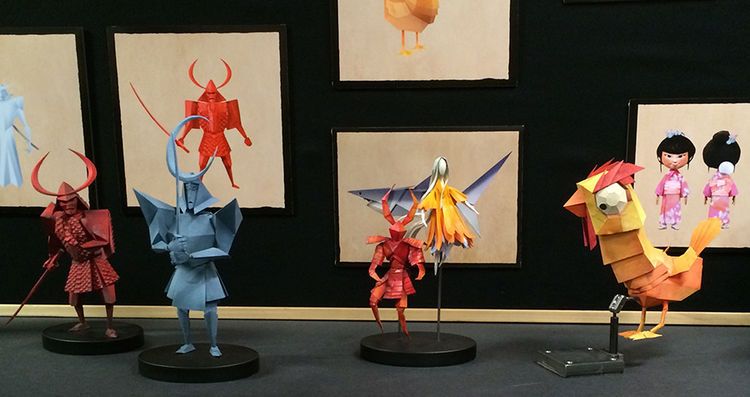
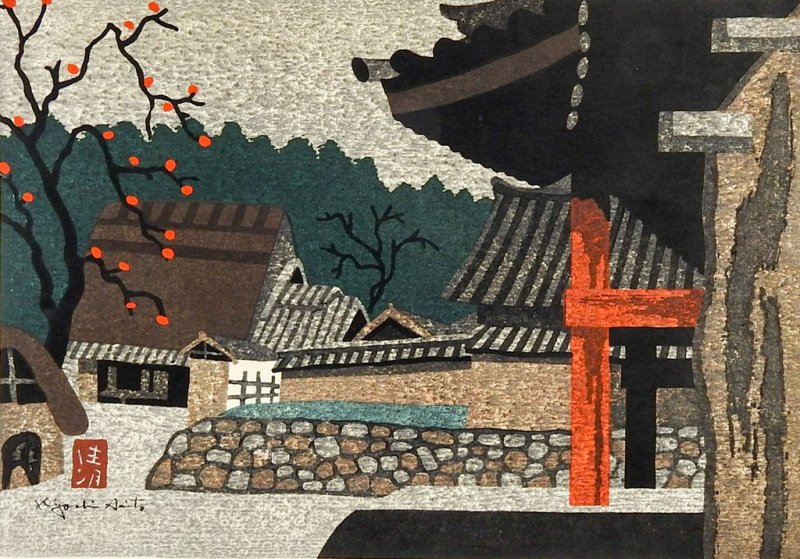
The ukiyo-e inspirations keep bringing me back to this film almost two years after its release.
There is something majestic about the world and how these puppets interact with the stages. Kubo and the Two Strings deserves more attention for the risks it takes. I hope this article helps paint a picture of how the film was made, how beautiful it is and how much care and crafting went in to the making of it.

